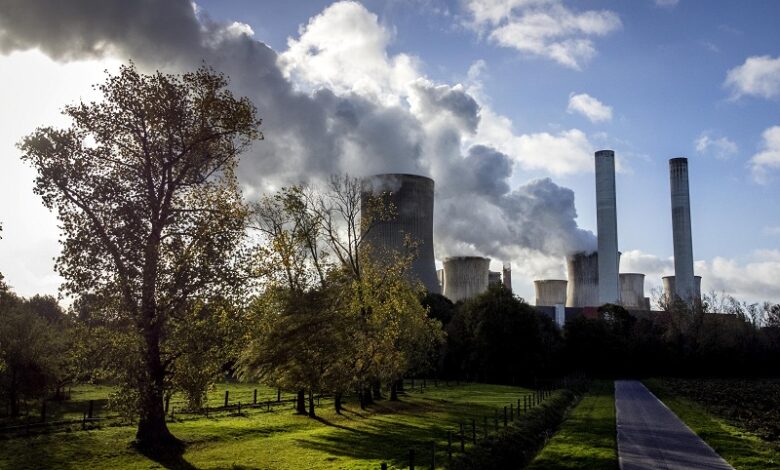New Research Highlights Gaps in Carbon Removal Plans

News Mania desk/Agnibeena Ghosh/5th May 2024
New research from the University of East Anglia (UEA) highlights the inadequacy of current carbon removal plans in meeting the goals set by the Paris Agreement to limit global warming to 1.5 degrees Celsius. Published in Nature, the study underscores the urgent need for more ambitious climate policies regarding carbon dioxide (CO2) removal to mitigate the impacts of climate change.
The study reveals a significant “emissions gap” between existing national climate protection plans and the necessary measures required to achieve the 1.5-degree Celsius target. Researchers estimate this gap to be as large as 3.2 billion tons of carbon dioxide (CO2) by 2050. This disparity raises concerns about the ability of current strategies to prevent severe consequences such as heatwaves, floods, droughts, and sea-level rise.
While the United Nations Environmental Programme (UNEP) has been monitoring the emissions gap since 2010, UEA’s research focuses specifically on CO2 removal. The findings emphasize the critical need for a more comprehensive approach to climate policy, one that combines existing carbon removal practices with intensified efforts to reduce emissions, promote renewable energy, and curb deforestation.
In addition to conventional methods, such as afforestation and reforestation, the study highlights the potential of novel carbon removal technologies, including advanced air filtration systems and enhanced rock weathering. These innovative approaches offer promising avenues for bolstering CO2 removal efforts and narrowing the emissions gap.
Lead author Dr. William Lamb emphasizes the urgency of reducing emissions across all sectors to meet the 1.5-degree Celsius limit. He stresses that without rapid emission reductions, achieving this target will remain elusive. Co-author Dr. Naomi Vaughan echoes this sentiment, emphasizing the importance of scaling up carbon removal methods alongside deep emissions cuts to align with the Paris Agreement’s objectives.
Despite the current shortfall in carbon removal efforts, the study offers a glimmer of hope by outlining alternative scenarios for bridging the emissions gap. If governments worldwide collaborate to reduce global energy demand, carbon removal could increase by 2.5 billion tons by 2050, significantly closing the emissions gap. However, achieving this outcome will require decisive action and political commitment to accelerate the transition to a low-carbon economy.
While the research highlights the challenges ahead, it also underscores the potential for transformative change in climate policy. By adopting a holistic approach that integrates emission reduction strategies with innovative carbon removal technologies, nations can enhance their resilience to climate change and safeguard the planet for future generations.
In conclusion, addressing the emissions gap and advancing carbon removal efforts are imperative to mitigate the impacts of climate change and achieve the objectives outlined in the Paris Agreement. By embracing ambitious climate policies and embracing technological innovation, the international community can chart a path toward a more sustainable and resilient future.






